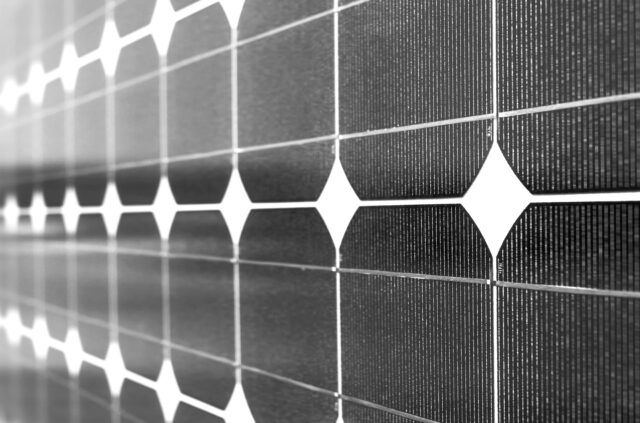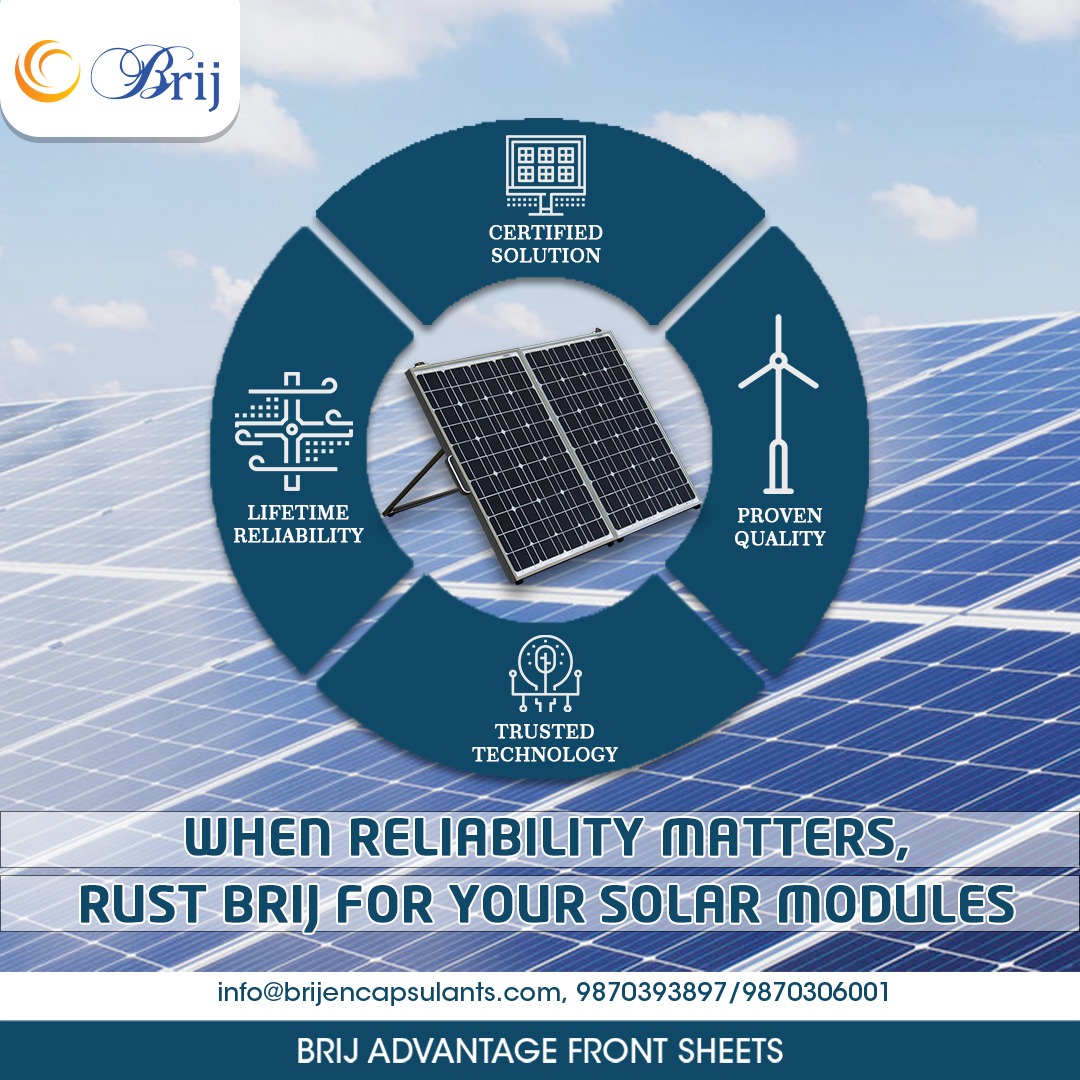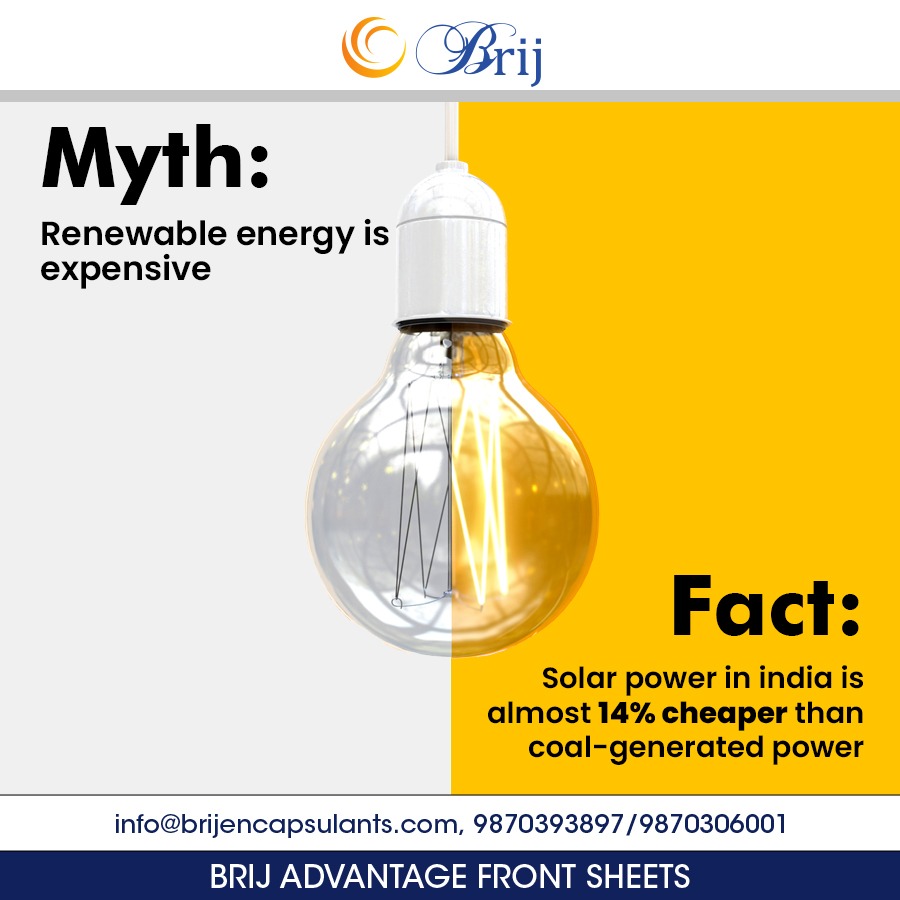Uncategorized Archives - Page 4 of 17 - Brij Encapsulants (India)
May the festival brings more cheerful and vibrant colours to your life.

May Lord Shiva give power and strength to everyone facing difficulties. Wishing you and your family a happy Maha Shivratri.

Potential Induced Degradation, as the name suggests in simple words, is a sign of ageing that requires your attention. It affects the potential of the PV modules concerning the ground, which affects the strength of the module by reducing it consistently over time.
PID a challenging concern, as it can generate just months after the installation of the photovoltaic system. Unlike other module defects like de-lamination or yellowing of EVA parts, the PID is not distinguishable from the naked eye.
When we are talking so much about PID, let’s understand what it is all about
What is PID?
PID is an undesirable effect on a few solar modules because of voltage, humidity, and heat. Most solar modules are exposable to a combination of these factors during their working life. It may be very negligible in the plant’s early stage but becomes more distinguishable in advanced phases, causing significant power losses over some time. However, it’s not always so easy to determine the leading cause.

Where Does PID Occur in PV Modules?
PID occurs mostly at negative voltage concerning the ground potential and speeds up high system voltages, high temperatures, and high humidity. PV modules are affixed in series to create a string, and the overall string voltage gives among all the single PV modules. How this voltage distribution happens depends on the inverter type used.
PID is due to leakage currents or stray currents that occur when there is a prospective distinction between the solar PV cells in a solar panel and the ground.
Hence the potential distinction causes the flow of positive ions from the glass, frame and mounting structure towards the solar PV cell and harm’s the cell’s P-N junction.
Panels towards the opposing side end of a string are the one’s that are also directly affected instead of all majority panels at the positive side end of a series.
The higher the number of panels held in a string and the higher the system’s voltage rate, the greater the possibility of a course being subject to PID. Hence, the probability of PID increases from 1000 V to 1500 V.
How to Detect PID in a PV Module?
Various relevant tests help us to detect the presence of PID in a PV Module.
1.Electroluminescence Test
The electroluminescence test notes that the electroluminescence test only indicates if some cells are underperforming without any relevant indication of the causes.
Conduct at night with a charge-coupled device camera; the module is energized by a power source and without sunlight.
A module without PID has a picture of which the cells all have the same brightness. The cells that are no longer or not wholly illuminated are affected by PID.
2.Infrared image-forming
Test done is when a module affected by PID has a higher temperature than surrounding modules that are unaffected by PID. The cells that are hotter (red) than the others get infect by PID.
3.Open circuit voltage
A first indication to detect PID is by measuring the open-circuit voltage with a voltmeter. If the modules are affected by PID, the open-circuit voltage is lower than the reference.
4.IV-curve
To check whether a solar panel is PID free, take an IV-characteristic that can be measured using an electric tracer. This is what makes it possible to observe deviations from the IV curve. The measurements should be made on a sunny day in order to obtain sufficient accuracy.
Connect us today if you seek to understand in detail about Effect of PID on solar modules. Our solar experts are versatile enough to address your queries with justifiable answers.
When reliability matters, trust Brij for your solar modules
Certified solution
Proven Quality
Lifetime reliability
Trusted technology

- Energy Consumption
- Technological Innovation
- Performance Efficiency
- Timely Executions
- Prompt Customer Services
- Savings

Head Office
New Delhi – 110034






